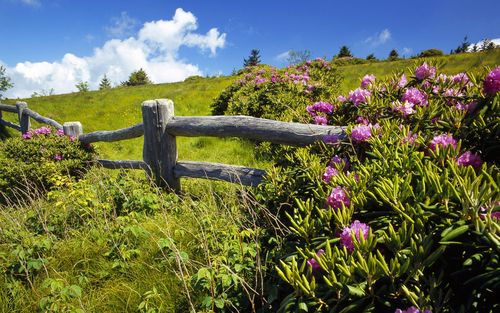Exploring the Richness of Ecuadorian Cultural Traditions
From vibrant music and dance to tantalizing cuisine and colorful clothing, Ecuadorian cultural traditions are a sight to behold. The country’s rich history and diverse population have contributed to a unique blend of cultural expressions that stand out in South America and beyond. In this blog post, we’ll take a closer look at some of Ecuador’s most fascinating cultural traditions.
Music and Dance
Ecuadorian music is a vibrant mix of indigenous Andean, Spanish, and African rhythms and melodies. The charango, a small Andean guitar made from an armadillo shell, is the most popular instrument in Ecuadorian music. It’s often played alongside the panpipes and the bombo, a large drum with a deep sound. The music is often accompanied by vibrant dances that reflect the country’s multiethnic heritage. The Sanjuanito, for example, is a traditional dance that originated in the Andes and is now performed all over the country. It tells the story of two lovers separated by a river, with the dancers enacting their attempts to reunite.
Cuisine
Ecuadorian cuisine is diverse and rich, reflecting the country’s many influences. Some of the most popular dishes include ceviche, a dish of marinated seafood; locro, a hearty soup with potatoes and cheese; and empanadas, a type of pastry filled with meat, cheese, or vegetables. Ecuador also boasts a wide variety of fruits, including papayas, guavas, and passion fruit, which find their way into many dishes and desserts.
Clothing
Traditional Ecuadorian clothing is colorful and vibrant, with each region of the country having its own distinct style. The indigenous people of the Andes, for example, wear ponchos and hats made from alpaca wool, while the women of the coastal cities adorn themselves in brightly colored skirts and blouses. The clothing is not only functional but also has significant cultural meaning, representing the wearer’s identity and heritage.
Festivals
Ecuadorian festivals are a lively celebration of the country’s cultural traditions, with each one reflecting a mix of indigenous and Spanish influences. The Festival of the Mama Negra, for example, is a colorful celebration that takes place in Latacunga, in the central Andean region of the country. The festival pays tribute to the Virgin Mary and includes parades, music, dancing, and traditional foods. Another popular festival is the Inti Raymi, which celebrates the winter solstice and the indigenous people’s connection to the land.
In conclusion, Ecuadorian cultural traditions are a fascinating mix of history, geography, and diversity. From music and dance to cuisine and clothing, the country’s traditions are an expression of its multiethnic heritage. So, next time you visit Ecuador, take some time to explore the richness of its cultural traditions and learn more about this vibrant South American country.
(Note: Do you have knowledge or insights to share? Unlock new opportunities and expand your reach by joining our authors team. Click Registration to join us and share your expertise with our readers.)
Speech tips:
Please note that any statements involving politics will not be approved.
